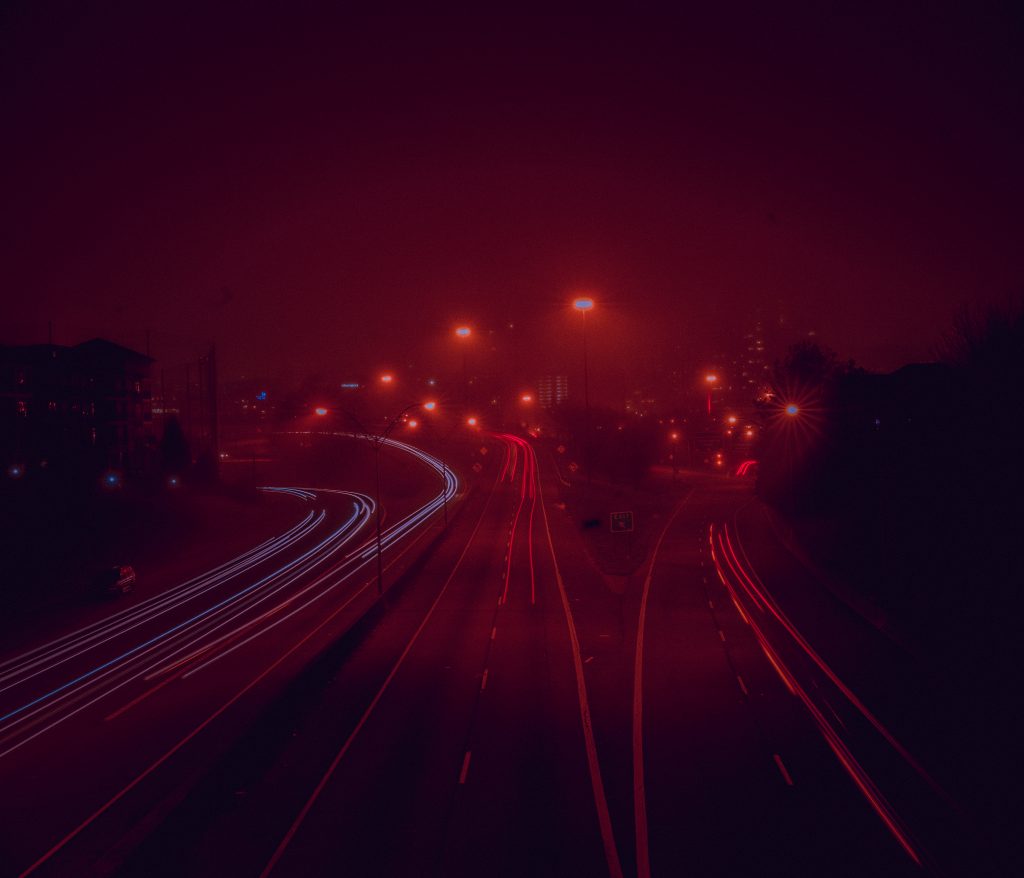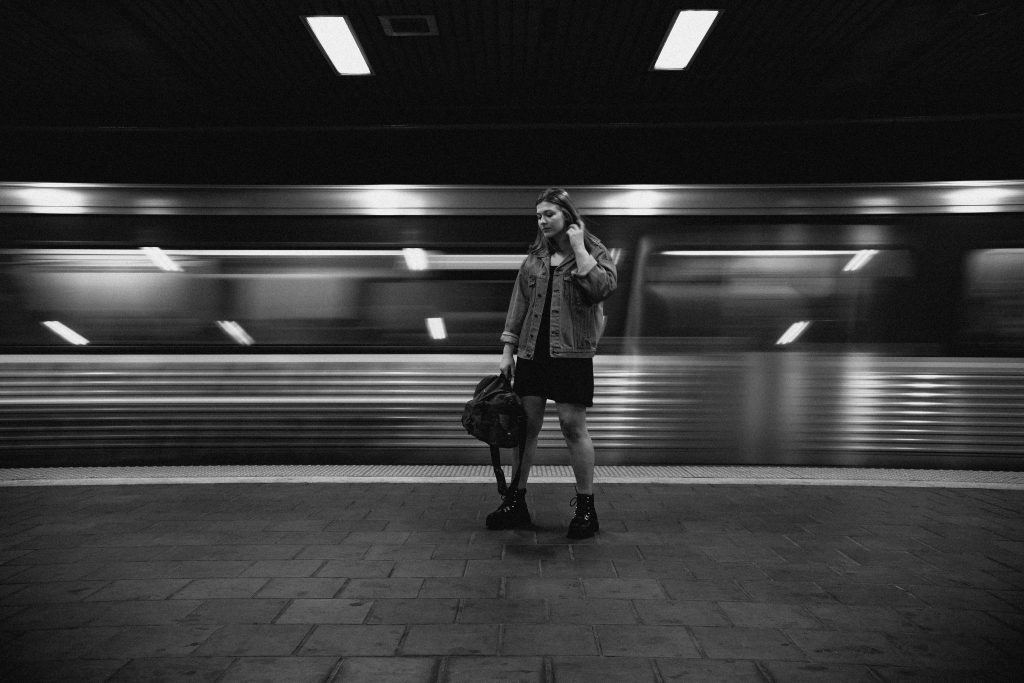If you’ve been into photography for a while, you might have already explored the world of long-exposure photography — the art of utilizing a long shutter speed to create certain light and blur effects. Here are a few tips to take your long-exposure photography to the next level:
Use a strong tripod Keeping your camera completely stable while taking your photos is vital; even the slightest bit of camera movement or vibration can mess up your shot.

Check the weather
Getting the best shot requires the best weather possible, so use your weather app and plan your shoot around clear skies. However, other weather conditions might just be perfect for creating a dramatic mood in your long-exposure.

Use a small aperature I’d suggest using a small aperture to allow for more accurate focusing, especially when shooting landscapes. Setting it between f/11 and f/16
Use an ND filter ND, or neutral density, filters can do wonders. This filter is effective in reducing the intensity of the light that enters the camera, which makes it possible to use even longer shutter speeds without overexposing the shot. You can even use an ND filter to get long-exposure shots during the day.

Don’t go crazy with ISO Setting your ISO too high can result in a very noisy and grainy image. To get smooth and clean long-exposures, I’d recommend setting your ISO anywhere under 100.
Hope these tips help you on your journey. Keep practicing and stay creative!

























